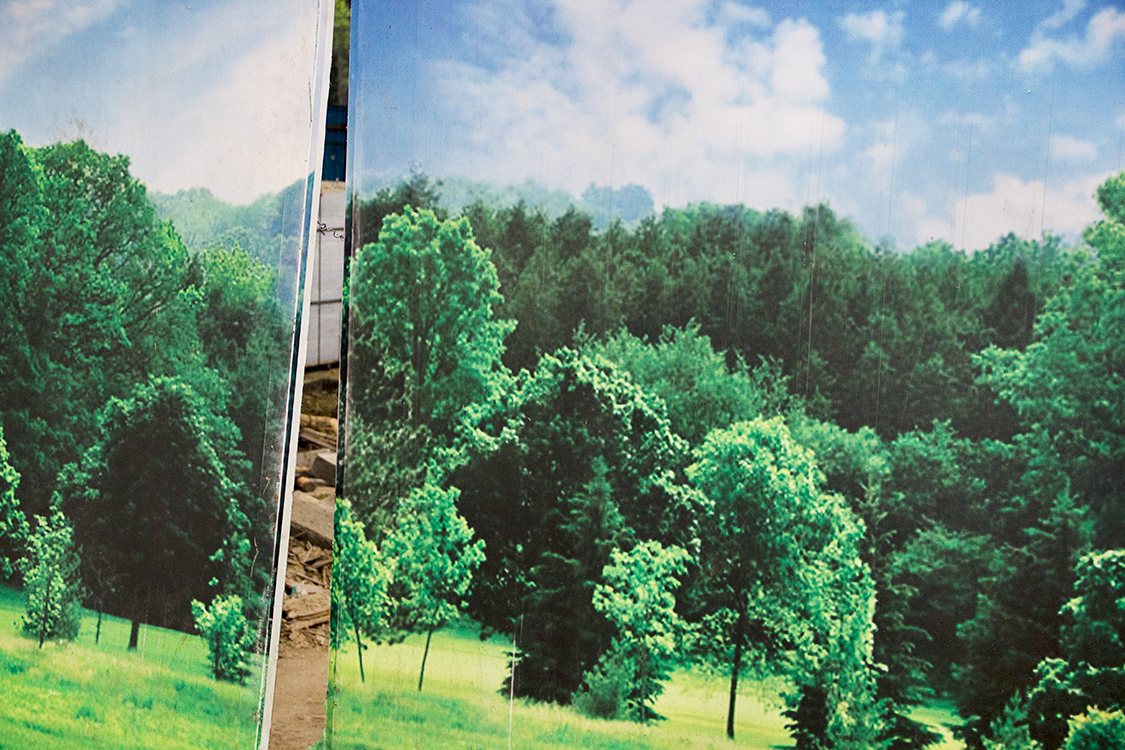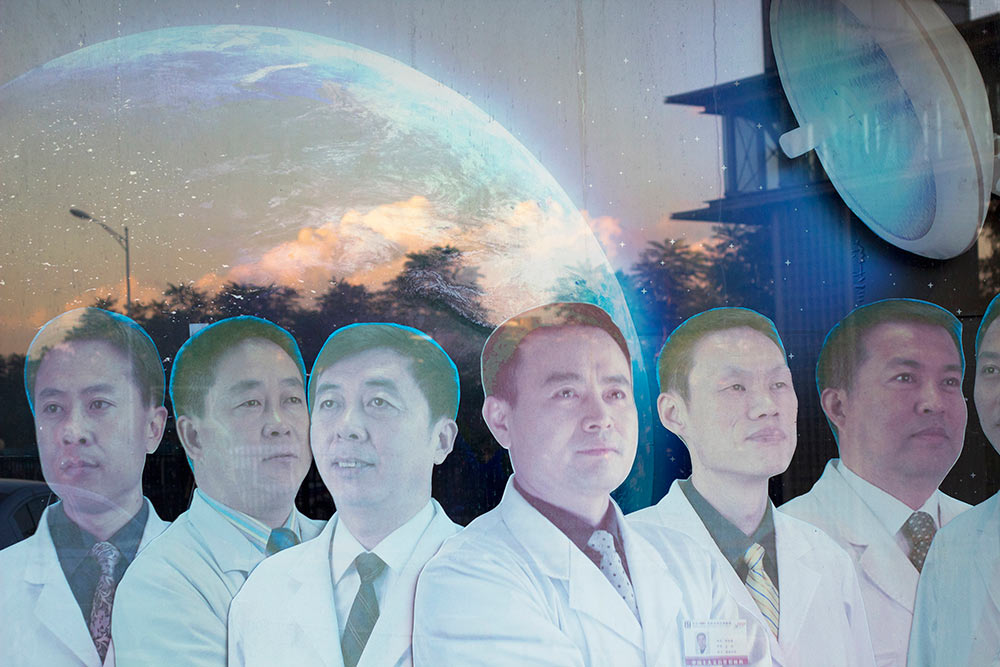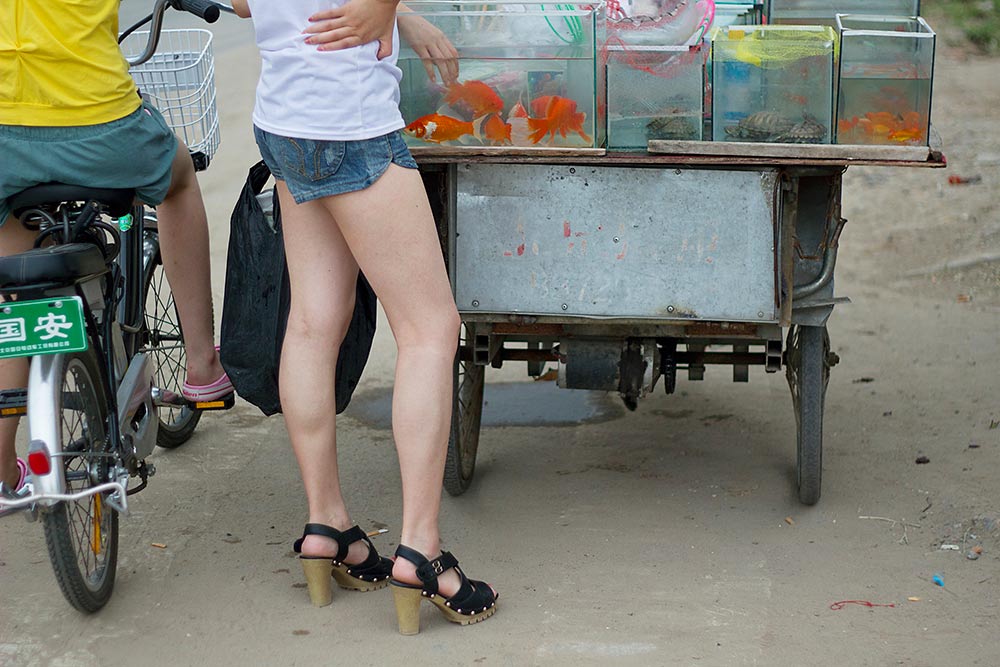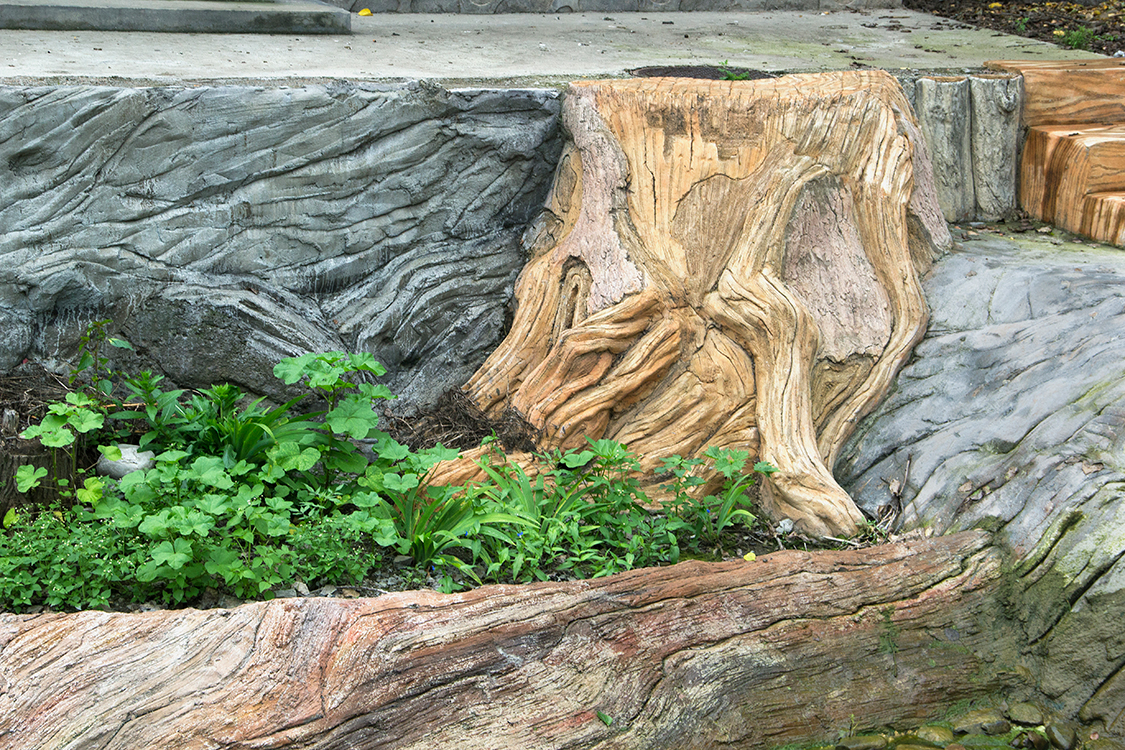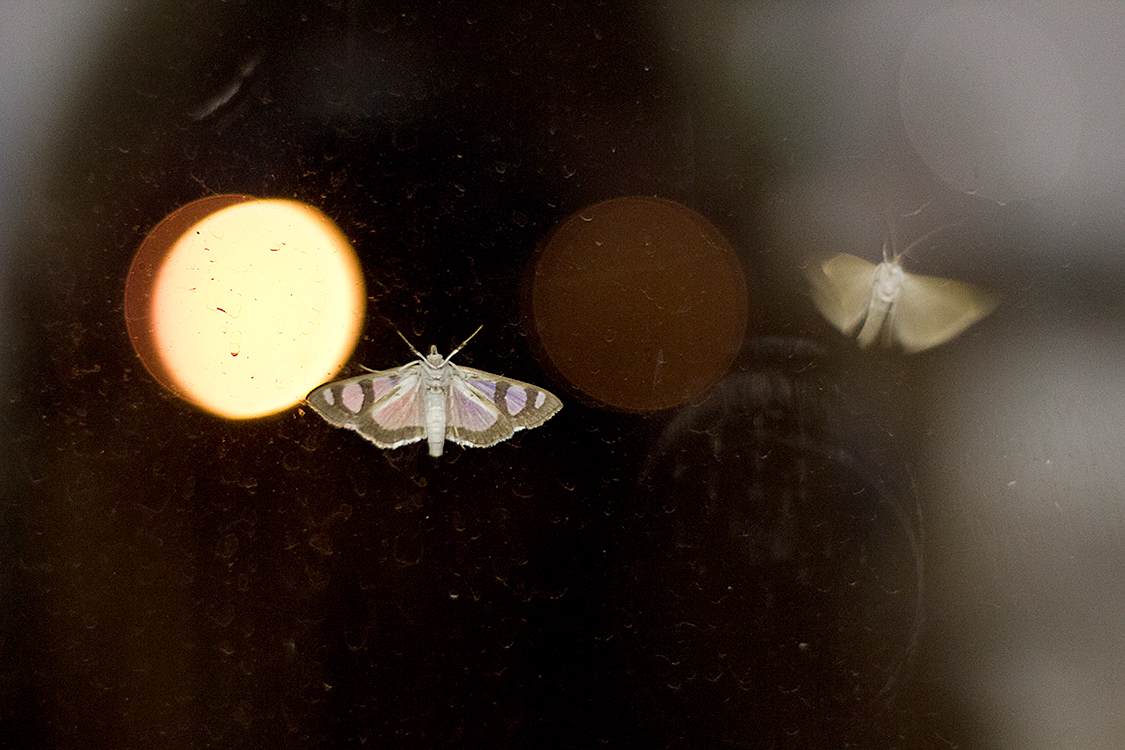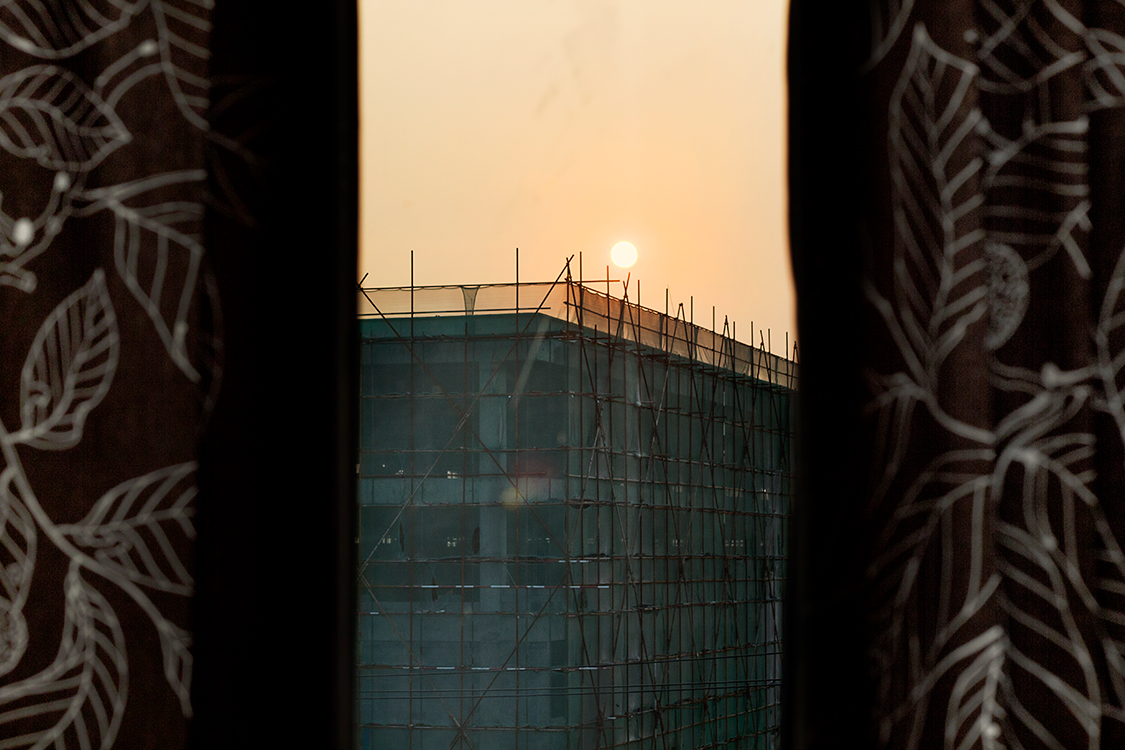PEACH BLOSSOM SPRING
Archival Pigment Prints, variable sizes, 2014
During the reign‑period T’ai yuan [326‑97] of the Chin dynasty there lived in Wu‑ling a certain fisherman. One day, as he followed the course of a stream, he became unconscious of the distance he had travelled. All at once he came upon a grove of blossoming peach trees which lined either bank for hundreds of paces. No tree of any other kind stood amongst them, but there were fragrant flowers, delicate and lovely to the eye, and the air was filled with drifting peach bloom.
The fisherman, marveling, passed on to discover where the grove would end. It ended at a spring; and then there came a hill. In the side of the hill was a small opening which seemed to promise a gleam of light. The fisherman left his boat and entered the opening. It was almost too cramped at first to afford him passage; but when he had taken a few dozen steps he emerged into the open light of day. He faced a spread of level land. Imposing buildings stood among rich fields and pleasant ponds all set with mulberry and willow. Linking paths led everywhere, and the fowls and dogs of one farm could be heard from the next. People were coming and going and working in the fields. Both the men and the women dressed in exactly the same manner as people outside; white‑haired elders and tufted children alike were cheerful and contented.
Some, noticing the fisherman, started in great surprise and asked him where he had come from. He told them his story. They then invited him to their home, where they set out wine and killed chickens for a feast. When news of his coming spread through the village everyone came in to question him. For their part they told how their forefathers, fleeing from the troubles of the age of Ch’in, had come with their wives and neighbors to this isolated place, never to leave it. From that time on they had been cut off from the outside world. They asked what age was this: they had never even heard of the Han, let alone its successors the Wei and the Chin. The fisherman answered each of their questions in full, and they sighed and wondered at what he had to tell. The rest all invited him to their homes in turn, and in each house food and wine were set before him. It was only after a stay of several days that he took his leave.
“Do not speak of us to the people outside,” they said. But when he had regained his boat and was retracing his original route, he marked it at point after point; and on reaching the prefecture he sought audience of the prefect and told him of all these things. The prefect immediately despatched officers to go back with the fisherman. He hunted for the marks he had made, but grew con fused and never found the way again. The learned and virtuous hermit Liu Tzu‑chi heard the story and went off elated to find the place. But he had no success, and died at length of a sickness. Since that time there have been no further “seekers of the ford.”
The Peach Blossom Spring, byTao Qian (T’ao Ch’ien, or Tao Yuanming), 421
Translated
by
Cyril
Birch
The photographs in the series Peach Blossom Spring were made while in residence at the Inside Out Art Museum, Beijing, 2014

